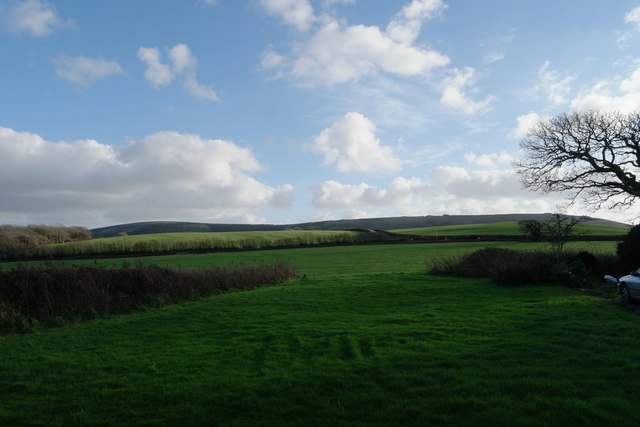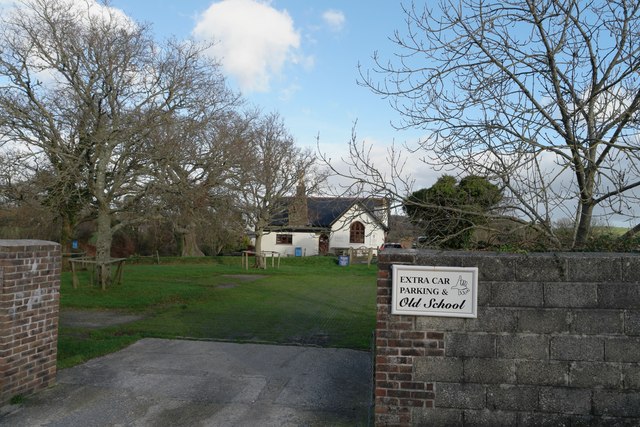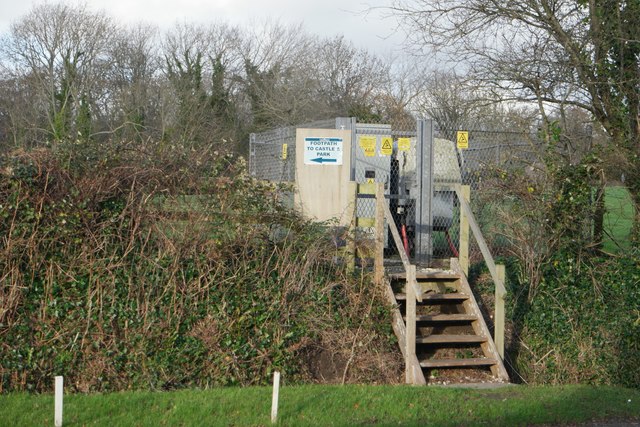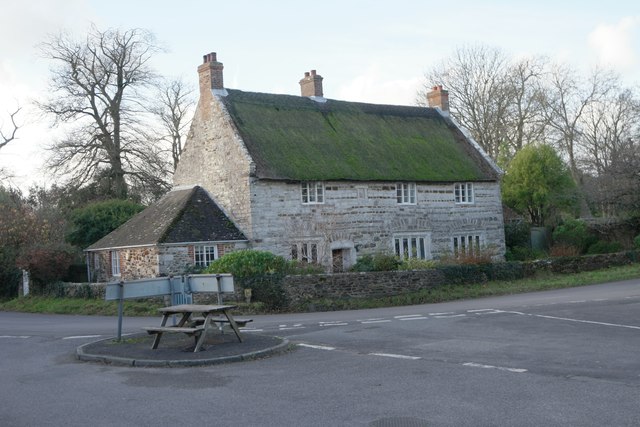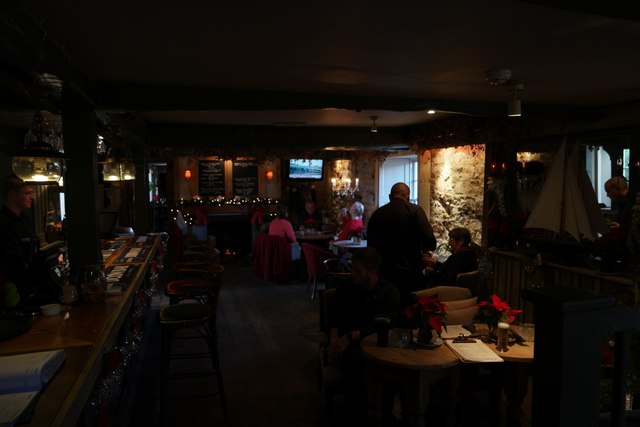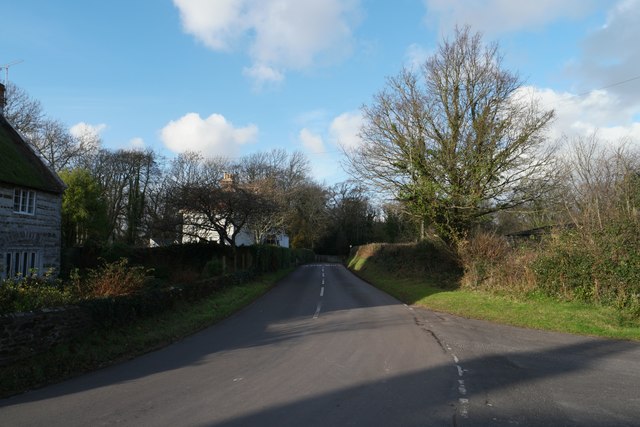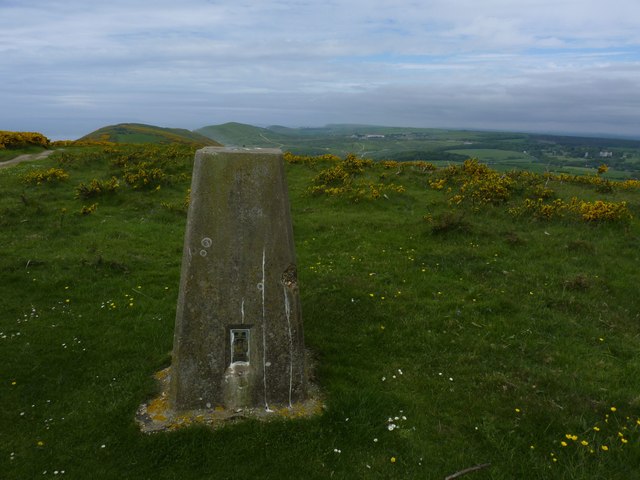Povington Barrow
Heritage Site in Dorset
England
Povington Barrow
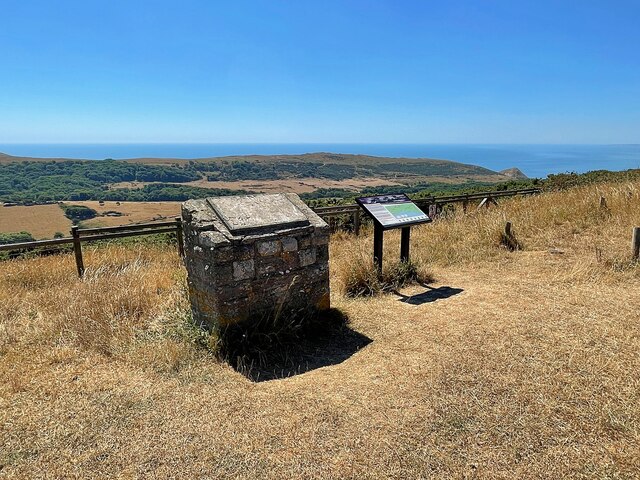
Povington Barrow, located in Dorset, England, is an ancient burial mound that has been designated as a heritage site due to its historical and archaeological significance. The barrow is situated in the picturesque landscape of the Piddle Valley, near the village of Povington.
Dating back to the Neolithic period, Povington Barrow is believed to have been constructed around 4000 to 3500 BCE. It is a round barrow, approximately 20 meters in diameter and 2 meters in height, with a distinctive circular shape that stands out against the surrounding countryside.
The barrow is made of earth and stones, and its construction suggests that it was built as a communal burial site for the local community. Excavations conducted in the late 19th century revealed the presence of human remains, pottery, and other artifacts, providing valuable insights into the lives and burial customs of the people who lived in the area thousands of years ago.
Povington Barrow not only showcases the architectural and engineering skills of the Neolithic people but also serves as a testament to their beliefs and rituals surrounding death and the afterlife. Its location in a serene and idyllic setting adds to its appeal, attracting visitors who are interested in exploring the ancient history and heritage of the region.
Today, Povington Barrow stands as a protected heritage site, managed by the local authorities. It provides a fascinating glimpse into the past, allowing visitors to appreciate the rich cultural heritage of Dorset and the mysteries that lie beneath its ancient landscape.
If you have any feedback on the listing, please let us know in the comments section below.
Povington Barrow Images
Images are sourced within 2km of 50.642/-2.177 or Grid Reference SY8782. Thanks to Geograph Open Source API. All images are credited.




Povington Barrow is located at Grid Ref: SY8782 (Lat: 50.642, Lng: -2.177)
Unitary Authority: Dorset
Police Authority: Dorset
What 3 Words
///napped.scrubbing.spells. Near Wool, Dorset
Nearby Locations
Related Wikis
Lulworth Ranges
The Lulworth Ranges are military firing ranges located between Wareham and Lulworth in Dorset, England. They cover an area of more than 2,830 hectares...
Povington Priory
Povington Priory was a Benedictine priory in Tyneham, Dorset, England. It was established as an alien priory of the Abbey of Bec. This term could mean...
East Lulworth
East Lulworth is a village and civil parish nine miles east of Dorchester, near Lulworth Cove, in the county of Dorset, South West England. It consists...
Povington Hill
Povington Hill, at 198 metres (650 ft) high, is one of the highest points on the chain of the Purbeck Hills in south Dorset on the southern coast of England...
Nearby Amenities
Located within 500m of 50.642,-2.177Have you been to Povington Barrow?
Leave your review of Povington Barrow below (or comments, questions and feedback).
